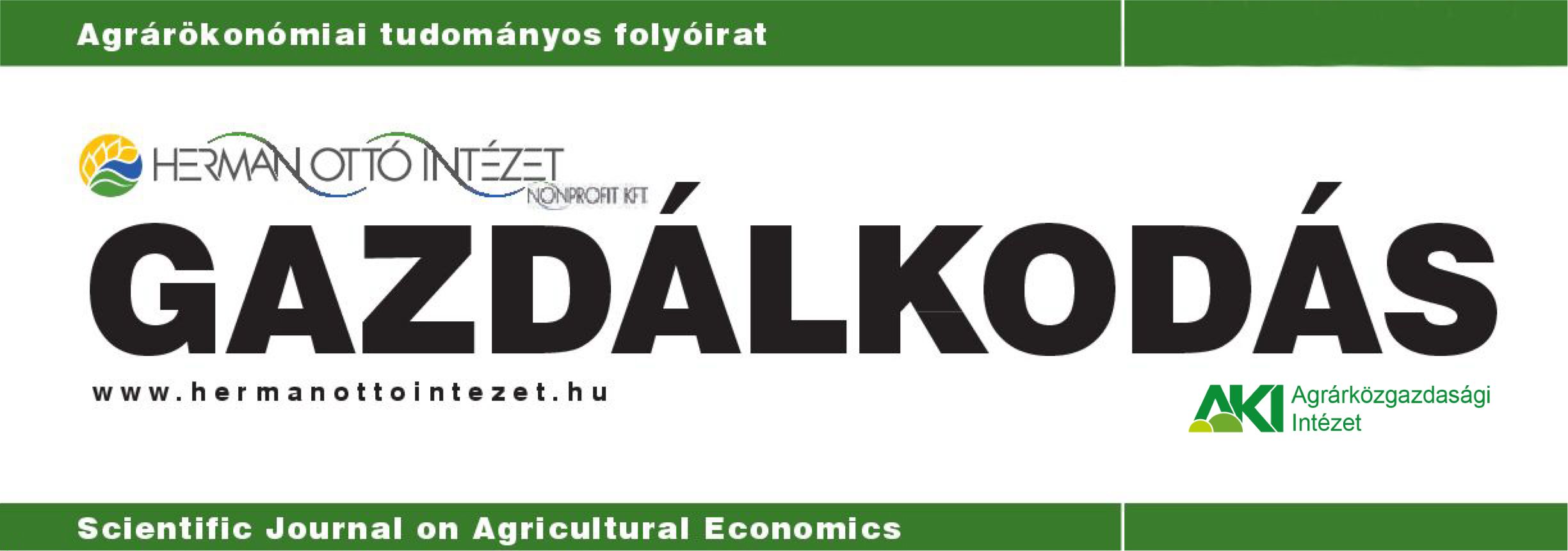Archive » 2025 » 2025.01. » KAPRONCZAI, ISTVÁN: EXPECTED STRUCTURAL TRANSFORMATION OF THE HUNGARIAN AGRICULTURE

EXPECTED STRUCTURAL TRANSFORMATION OF THE HUNGARIAN AGRICULTURE
KAPRONCZAI, ISTVÁN
Keywords: Keywords: animal husbandry, farm structure, production structure, farm size, price, cost, support, investment JEL-codes: Q12, Q14, Q18
Teljes cikk
Hungary's livestock breeding lost its dynamism by the mid-1980s and after the regime change it fell into crisis. Unfavorable processes continued to strengthen after joining the EU. As a result of all this, the balance between crop cultivation and animal husbandry was disrupted and the production structure of domestic agriculture has become simpler. According to some opinions, however, the most successful investment support applications in recent years have concerned animal breeding, which may result in the recovery of the sector. The aim of the study is to prove or disprove this. The formulated hypotheses refer to the fact that the increase in the proportion of crop production has stopped and may even reverse at the expense of animal husbandry in the Hungarian agriculture, and since animal husbandry has remained significant in the larger farms as a result of the transformations of the past decades, the successful investments in animal husbandry of these larger farms promotes its strengthening, which also causes changes in the plant structure.
The study analyzes the following topics related to the investigated issue: the importance and role of animal husbandry; cost, price, income; grants; investments; plant size, production and plant structure. The results of the research prove that the formulated hypotheses are correct. None of the analyses of the subject areas related to the examined issue refutes, they rather strengthen our two assumptions that the process observed in the last few years, the rise of animal husbandry in the manufacturing of agricultural products will continue in the forthcoming years. As a consequence, the position of larger farms with a decisive role in animal breeding will become stronger in the farm structure. Based on the research results, it can be concluded that the use of investment subsidies became more efficient during the period of the Rural Development Program. This process must be strengthened in case of investments taking place within the framework of the CAP Strategic Plan, too. The changes outlined help to achieve the desirable goal of increasing concentration in the sectors. The focus must be placed on the construction of new – modern – livestock farms, backward technologies must not be preserved by supporting renovations.
DOI: https://doi.org/10.53079/GAZDALKODAS.69.1.t.pp_3-34
